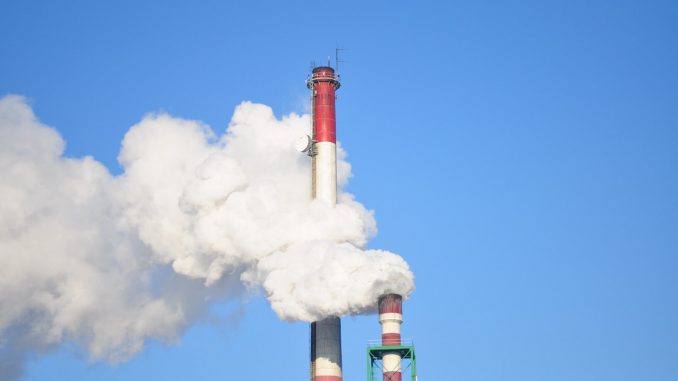
Entry into force: As of January 1, 2026, the carbon adjustment mechanism at the European Union’s borders will enter into force in its entirety with a transitional period that will last from October 1, 2023 to December 31, 2025. Several industries and products will be subject to this new measure. As a partner of the EU, Morocco is among the countries affected by this process. Here is what you need to know about the application of this new mechanism.
The European Union and Morocco are setting high targets for reducing their greenhouse gas emissions. In December 2019, the EU unveiled its climate policy to achieve carbon neutrality by 2050 and currently is preparing to implement a carbon tax mechanism at its borders (CBAM). On December 13, 2022, the European Council and Parliament reached a tentative and conditional agreement on CBAM.
Under this agreement, this mechanism will be operational from October 2023. To see more clearly the Federation of Metal, Mechanical and Electromechanical Industries (FIMME) in Morocco organized on March 2, 2023 a webinar under the theme “Carbon Adjustment Mechanism at the borders of the European Union” with the participation of Yves Melin and Isabel Fressynet, two lawyers specializing in European law and based in Brussels. For Yves Melin, the CBAM is a measure to ensure that imported goods pay a price for their carbon emissions that is comparable to the price paid by European producers under the ETS. He believes that CBAM is neither a customs duty nor an import tax.
It must be said that Europe wants to encourage its trading partners to undertake this approach and at the same time, it is increasingly looking to repatriate its industry. “The problem is that if the EU focuses on decarbonizing processes in Europe by making it more expensive to emit greenhouse gases, it will probably cause some of the industry to relocate to its immediate periphery or even further away,” he notes. On the other hand, countries that comply with this mechanism will have more advantages in terms of competitiveness.
The list of products covered by CBAM is expected to grow in the future. At this stage, the mechanism will impose a carbon price on imports of cement, fertilizer, iron and steel, aluminum and electricity as well as hydrogen, basic materials used as inputs in the production of CBAM products and some downstream products such as screws and bolts. These products are covered by CBAM immediately, i.e. as early as October 2023. For the lawyer, it will be necessary to comply with the carbon tax mechanism at the borders for the products directly targeted but also to anticipate for the other products since the list of products concerned will grow.

Be the first to comment